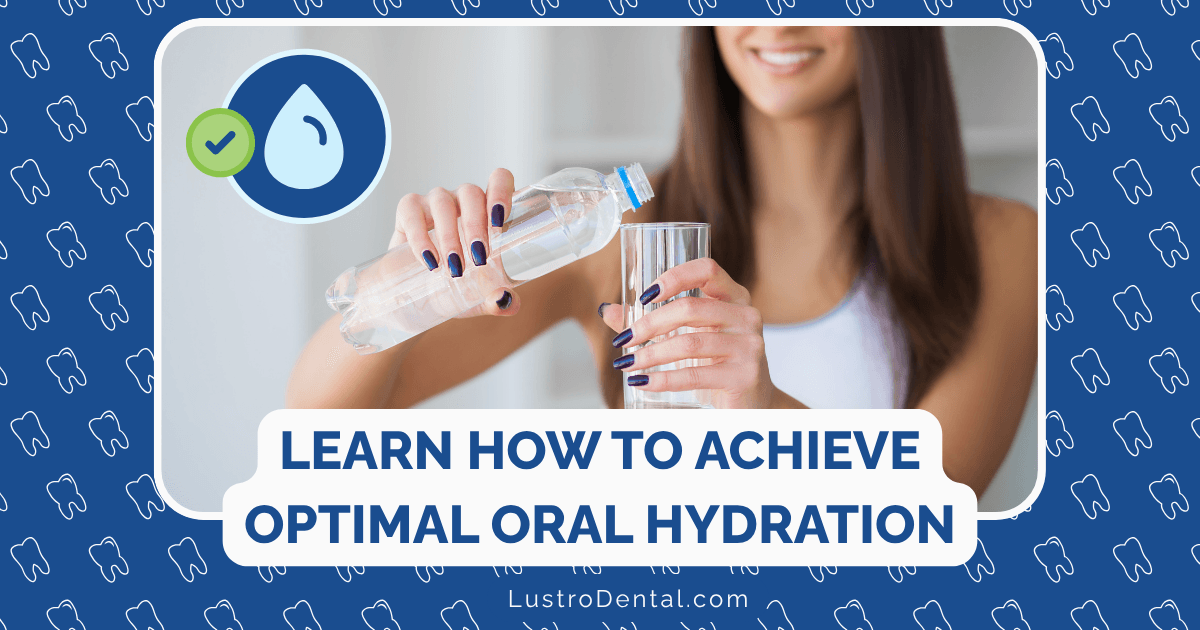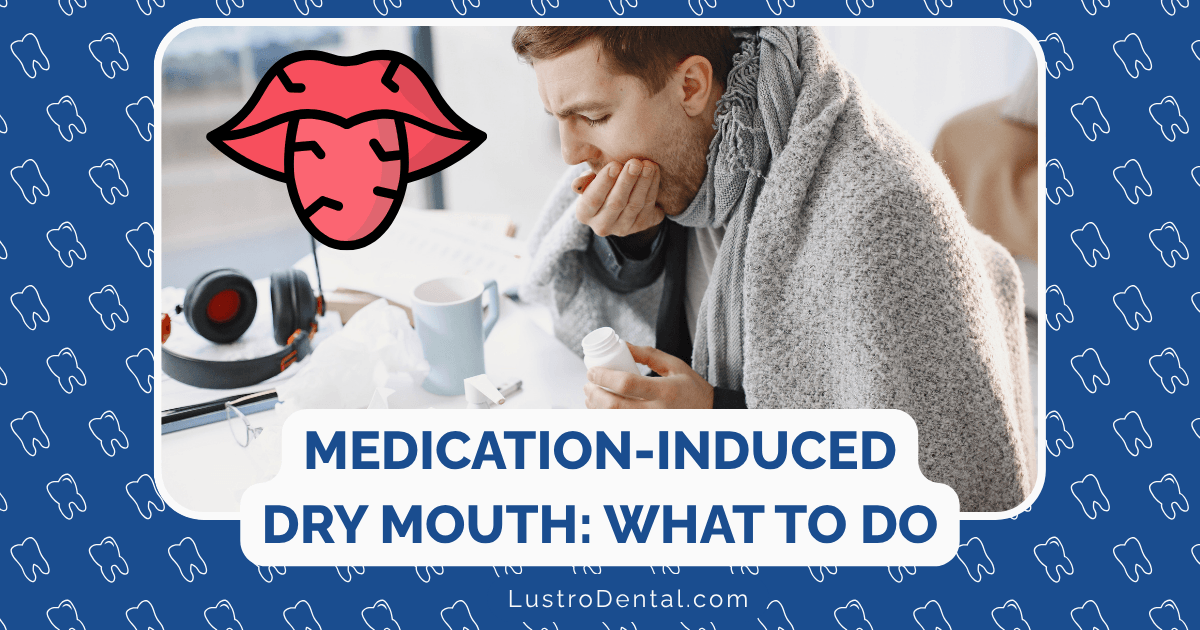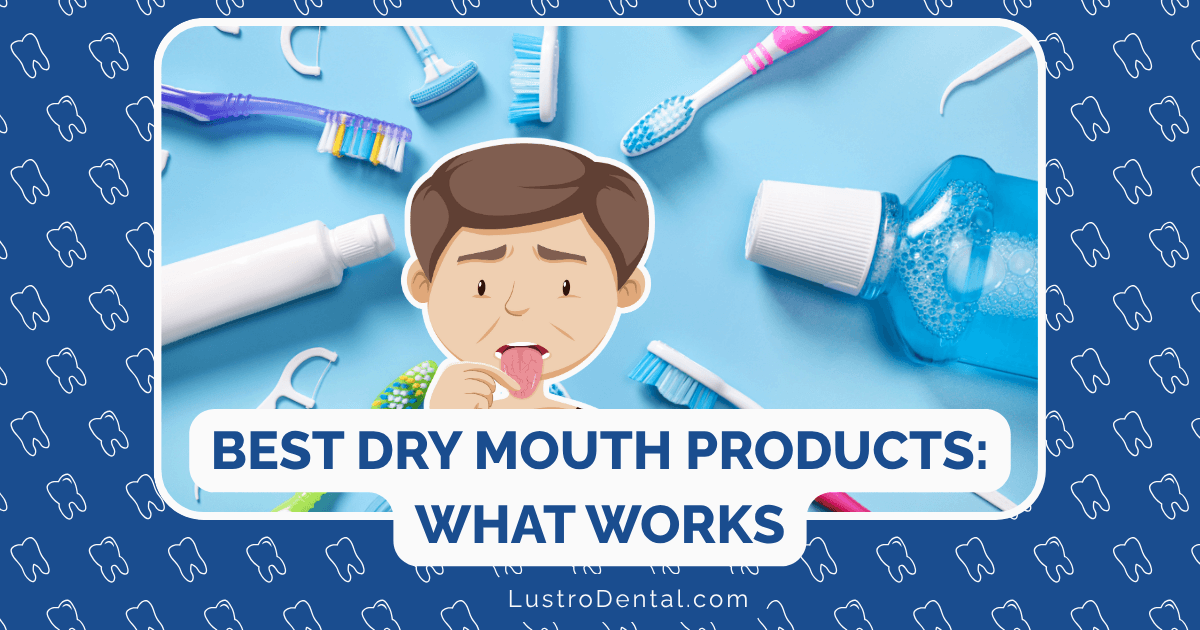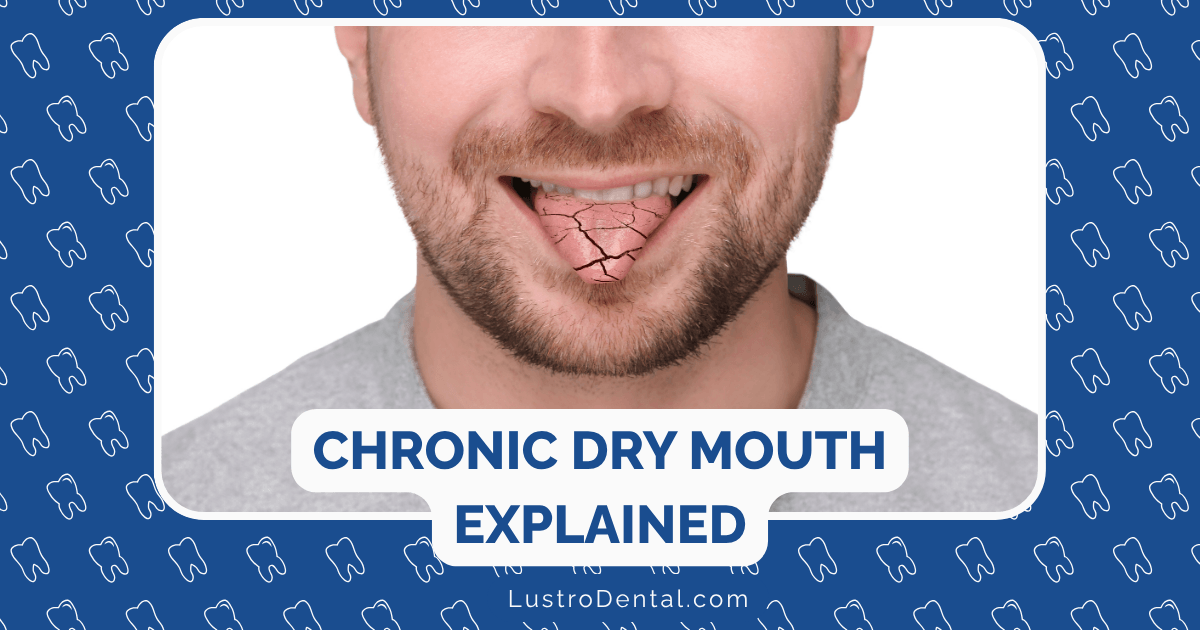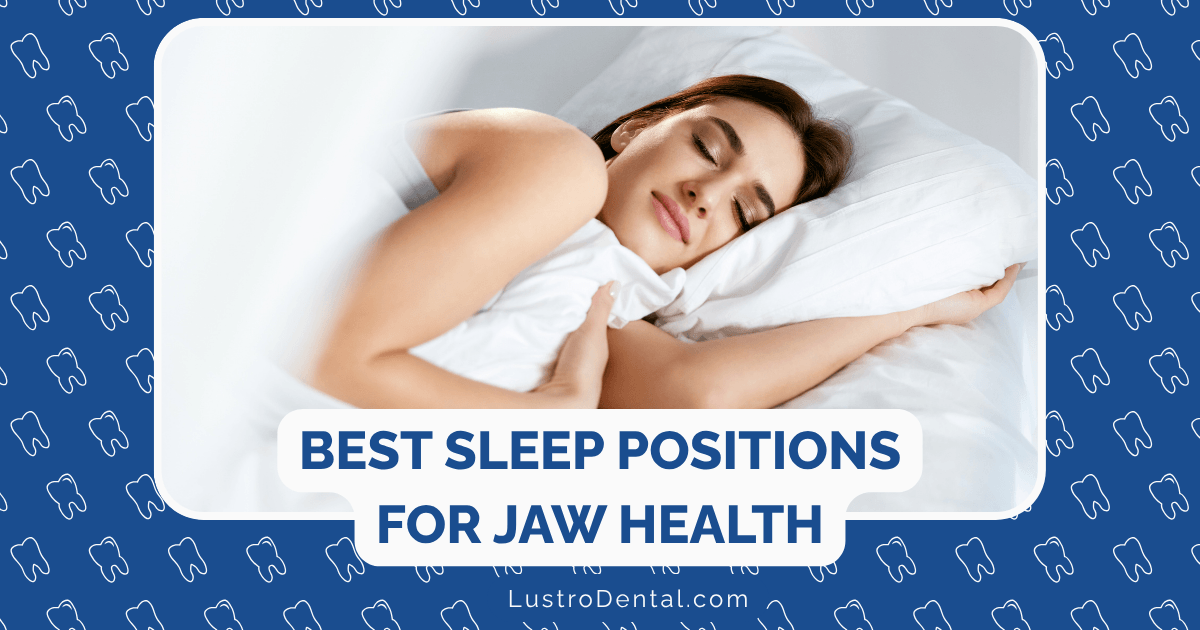Snoring Solutions from a Dental Perspective: A Comprehensive Guide
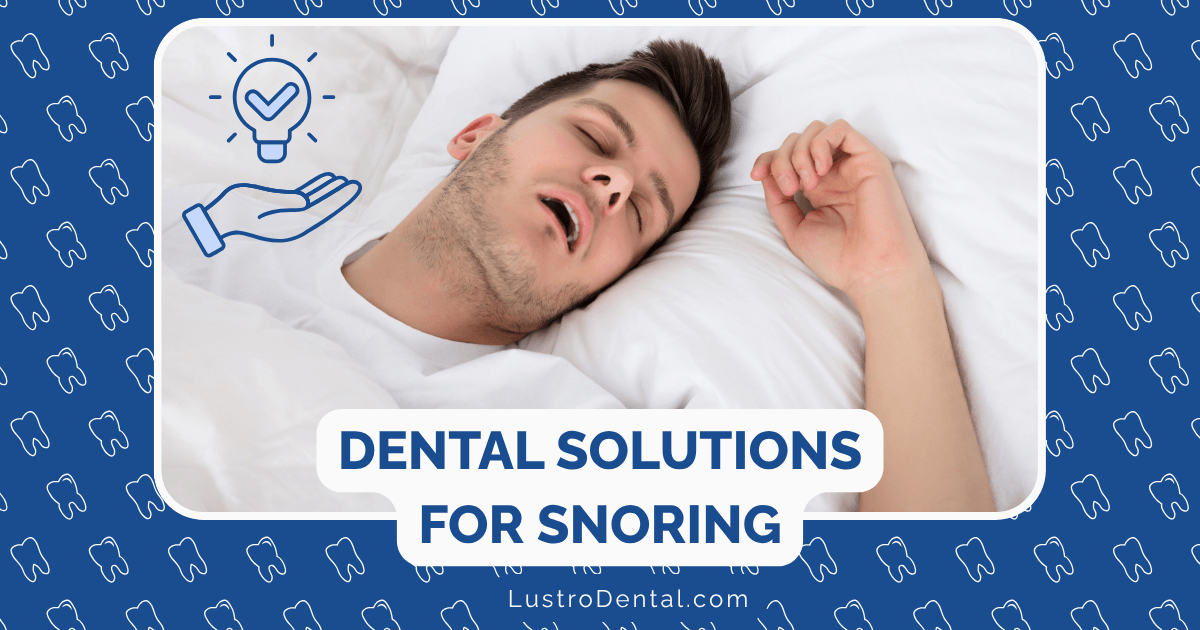
The rhythmic rumble of snoring—that all-too-familiar nocturnal soundtrack—affects approximately 90 million American adults, with 37 million experiencing regular disruptions to their sleep. While often dismissed as merely an annoying habit or the butt of family jokes, snoring can indicate more serious underlying health concerns and significantly impact quality of life for both the snorer and their sleep partner.
What many people don’t realize is that dental professionals are uniquely positioned to address snoring issues. As a dental health advocate, I’ve seen firsthand how dental interventions can transform sleep quality and overall well-being for those affected by chronic snoring.
In this comprehensive guide, we’ll explore the causes of snoring, its potential health implications, and most importantly, the evidence-based dental solutions that can help you or your loved ones breathe easier and sleep more soundly.
Understanding Snoring: More Than Just Noise
Before discussing solutions, it’s important to understand what causes those disruptive nighttime sounds. Snoring occurs when air cannot flow freely through the upper airway during sleep, causing the surrounding tissues to vibrate. This restricted airflow can result from various factors:
Anatomical Factors
- Narrow airways: Some people naturally have narrower throat passages
- Enlarged tonsils or adenoids: Particularly common in children
- Deviated septum: Structural abnormalities in the nasal passage
- Nasal polyps: Soft growths that can obstruct airflow
- Elongated soft palate or uvula: Creates more tissue that can vibrate
Lifestyle and Environmental Factors
- Excess weight: Fat deposits around the neck and throat can narrow airways
- Alcohol consumption: Relaxes throat muscles, increasing vibration
- Smoking: Causes inflammation and fluid retention in the upper airway
- Sleep position: Back sleeping often worsens snoring
- Sleep deprivation: Can increase muscle relaxation during sleep
Medical Conditions
- Obstructive Sleep Apnea (OSA): A serious condition where breathing repeatedly stops and starts during sleep
- Allergies or sinus infections: Create nasal congestion and mouth breathing
- Hormonal changes: Pregnancy or menopause can influence snoring
- Certain medications: Some drugs relax throat muscles
Dr. Sarah Johnson, a prosthodontist specializing in sleep dentistry, explains: “What makes snoring particularly relevant from a dental perspective is that the oral and pharyngeal structures—areas dentists specialize in—play a central role in many cases of chronic snoring. This puts dental professionals in an ideal position to offer effective interventions.”
When Snoring Signals Something Serious: The OSA Connection
While not all snoring indicates a health problem, it can be a primary symptom of obstructive sleep apnea (OSA), a serious sleep disorder affecting approximately 25% of men and 10% of women according to Harvard Health.
In OSA, the airway becomes completely blocked during sleep, causing breathing to stop temporarily—from a few seconds to over a minute—before the brain signals the body to wake up enough to resume breathing. These episodes can occur dozens or even hundreds of times per night, though the sufferer may not be aware of them.
Warning signs that snoring might be related to OSA include:
- Witnessed breathing pauses during sleep
- Gasping or choking during sleep
- Excessive daytime sleepiness
- Morning headaches
- Difficulty concentrating
- Irritability or mood changes
- High blood pressure
- Dry mouth or sore throat upon waking
If you or your sleep partner notice these symptoms, it’s crucial to seek professional evaluation, as untreated OSA is associated with serious health risks including hypertension, heart disease, stroke, and diabetes.
The Dental Perspective on Snoring
Dentists bring a unique viewpoint to snoring management through their specialized knowledge of oral and pharyngeal anatomy. According to research published on PubMed, dentists trained in dental sleep medicine play a significant role in managing snoring and OSA as part of a multidisciplinary team.
How Dentists Evaluate Snoring Issues
When you consult a dentist about snoring, you can expect a comprehensive evaluation that includes:
- Detailed medical and sleep history: Including snoring patterns, daytime symptoms, and existing health conditions
- Examination of oral structures: Assessment of the tongue, soft palate, uvula, tonsils, and pharyngeal walls
- Evaluation of dental conditions: Checking for signs of teeth grinding (bruxism), which often co-occurs with sleep-disordered breathing
- Airway assessment: Measuring and evaluating the dimensions and patency of your airway
- Screening questionnaires: Standardized tools like the Epworth Sleepiness Scale or STOP-BANG questionnaire to assess OSA risk
- Referral coordination: Working with sleep physicians for definitive diagnosis when OSA is suspected
Dr. Michael Chen, dental sleep medicine specialist, notes: “A thorough evaluation is essential because effective treatment depends on correctly identifying the specific anatomical and physiological factors contributing to each individual’s snoring pattern.”
Dental Solutions for Snoring: Evidence-Based Approaches
Dental professionals offer several effective interventions for snoring, with oral appliance therapy being the most common and well-researched approach.
1. Oral Appliance Therapy
Oral appliances are custom-made devices worn in the mouth during sleep to modify the position of oral structures and prevent airway collapse. According to a 2024 umbrella review published on PubMed, oral appliance therapy is the preferred treatment for primary snoring and mild to moderate OSA, especially for patients who cannot tolerate CPAP therapy.
Types of Oral Appliances
Mandibular Advancement Devices (MADs)
The most common type of oral appliance for snoring, MADs work by:
- Positioning the lower jaw (mandible) slightly forward
- Pulling the tongue away from the back of the throat
- Tightening the soft tissues and muscles of the upper airway
- Creating more space for airflow
A 2025 study published in MDPI Bioengineering evaluated different MAD designs and found significant differences in efficacy. The research identified that custom-made, titratable devices that guide mouth closure and minimize teeth separation showed the highest success rates.
Popular MAD designs include:
- Lateral Push devices: Use a pushing mechanism to advance the lower jaw
- Lateral Pull designs: Employ a pulling mechanism for advancement
- Dorsal appliances: Feature a ramp that guides the lower jaw forward
- Precision Post devices: Utilize posts for precise positioning
According to the Cleveland Clinic, custom-fitted MADs are significantly more effective than over-the-counter alternatives.
Tongue Retaining Devices (TRDs)
These less common appliances work differently:
- Use suction to hold the tongue forward
- Don’t require jaw repositioning
- May be suitable for those with dental issues that preclude MAD use
- Often cause more initial discomfort than MADs
Effectiveness of Oral Appliances
Research consistently shows that oral appliances can significantly reduce snoring intensity and frequency:
- A 2025 Australian Dental Association publication reported success rates of 70-80% for primary snoring reduction with custom oral appliances
- Studies show 52-75% of patients achieve clinically significant improvement in OSA symptoms
- Partner satisfaction ratings typically exceed 85%
- Long-term adherence rates (>1 year) range from 68-84%, exceeding those of CPAP therapy
Dr. Jennifer Williams, dental researcher, explains: “What makes oral appliances particularly valuable is their balance of efficacy and acceptability. While they may not completely eliminate severe OSA like CPAP can, patients are much more likely to use them consistently, resulting in better real-world outcomes.”
2. Combination Therapy Approaches
For more complex cases, dentists may recommend combination approaches:
Oral Appliance + Positional Therapy
For position-dependent snoring:
- Custom oral appliance for anatomical support
- Positional devices to prevent back-sleeping
- Training techniques for sleep position modification
Oral Appliance + CPAP
For moderate to severe OSA when CPAP alone is problematic:
- Lower pressure CPAP settings (improving comfort)
- Enhanced mask seal and stability
- Potential for improved treatment adherence
3. Addressing Contributory Dental Conditions
Dentists can also identify and treat dental issues that may contribute to snoring:
Bruxism Management
Since teeth grinding often co-occurs with snoring and OSA:
- Specialized dual-purpose appliances to address both conditions
- Monitoring of bruxism patterns to assess sleep quality
- Reduction of dental damage that may impact appliance fit
Orthodontic Considerations
In some cases, particularly for children:
- Palatal expansion to increase nasal airway volume
- Orthodontic correction of malocclusion that affects breathing
- Early intervention to promote proper facial development
The Process: What to Expect with Dental Snoring Solutions
If you’re considering dental interventions for snoring, here’s what the typical process involves:
1. Initial Consultation and Screening
- Comprehensive evaluation of oral structures
- Discussion of symptoms and sleep patterns
- Screening for OSA risk factors
- Determination if a sleep study is needed
2. Sleep Testing (When Indicated)
- Referral to sleep physician if OSA is suspected
- Home sleep testing or in-lab polysomnography
- Diagnosis and assessment of severity
- Collaborative treatment planning
3. Appliance Selection and Fitting
- Selection of the most appropriate appliance type based on individual needs
- Taking precise dental impressions or digital scans
- Custom fabrication of the oral device
- Initial fitting and adjustment
Dr. Robert Thompson, prosthodontist, emphasizes: “The precise fit of an oral appliance is crucial to both its effectiveness and comfort. This is why custom-made devices, while more expensive initially, provide significantly better outcomes than over-the-counter alternatives.”
4. Adjustment Period and Titration
- Gradual adjustment to wearing the appliance
- Progressive advancement to find optimal positioning
- Management of temporary side effects
- Fine-tuning for maximum comfort and effectiveness
5. Follow-up and Monitoring
- Regular check-ups to assess effectiveness and fit
- Adjustments as needed based on symptom changes
- Coordination with sleep physician when applicable
- Long-term monitoring of oral health impacts
Potential Side Effects and Management
Like any treatment, oral appliances can have side effects, though most are minor and temporary:
Common Side Effects
- Temporary discomfort: Jaw soreness or tooth tenderness, especially in the morning
- Management: Gradual adaptation schedule, jaw exercises, over-the-counter pain relievers if needed
- Excessive salivation or dry mouth: Usually resolves within a few weeks
- Management: Staying hydrated, using xylitol gum or lozenges
- Minor bite changes: Temporary changes in how teeth come together in the morning
- Management: Morning repositioning exercises or devices
Less Common Concerns
- TMJ issues: Temporomandibular joint discomfort
- Management: Appliance adjustments, jaw exercises, professional evaluation if persistent
- Long-term dental changes: Potential shifts in tooth position with prolonged use
- Management: Regular dental monitoring, periodic adjustments, morning repositioners
A systematic review published in PubMed Central examined the dental and skeletal side effects of oral appliances, finding that while changes do occur, they are generally minor and well-tolerated when properly monitored.
Who Is a Good Candidate for Dental Snoring Solutions?
Dental approaches to snoring are particularly well-suited for:
- Individuals with primary snoring (without OSA)
- Those with mild to moderate OSA
- Patients who have tried and cannot tolerate CPAP therapy
- People seeking alternatives to surgical interventions
- Individuals with specific anatomical factors contributing to snoring
Factors that may influence success include:
- Dental health: Sufficient healthy teeth to anchor an appliance
- Body weight: BMI under 30 typically yields better results
- Airway anatomy: Specific obstruction patterns respond differently
- Nasal patency: Ability to breathe through the nose
- Commitment to follow-up: Willingness to attend adjustment appointments
Beyond Appliances: Complementary Approaches
While oral appliances are the primary dental intervention for snoring, dental professionals often recommend complementary approaches:
Lifestyle Modifications
- Weight management: Even modest weight loss can reduce snoring severity
- Sleep position training: Techniques to avoid back sleeping
- Alcohol reduction: Limiting consumption, especially before bed
- Smoking cessation: Reducing airway inflammation
- Regular exercise: Improving muscle tone, including throat muscles
Myofunctional Therapy
This emerging approach involves exercises to strengthen the muscles of the tongue, soft palate, and throat:
- Can complement oral appliance therapy
- May help address underlying muscle weakness
- Potentially improves long-term outcomes
- Often integrated into comprehensive treatment plans
Dr. Lisa Martinez, orofacial myofunctional therapist, explains: “These exercises essentially provide physical therapy for the oral and facial muscles, addressing one of the root causes of airway collapse during sleep.”
Success Stories: Real-World Results
Case Study: Michael’s Transformation
Michael, a 52-year-old executive, had been a chronic snorer for over a decade. His wife had resorted to sleeping in another room, and he frequently woke with headaches and daytime fatigue. After a sleep study revealed moderate OSA (AHI of 22), he tried CPAP but couldn’t tolerate the mask.
His dental sleep medicine specialist fitted him with a custom mandibular advancement device. Within two weeks:
- His wife reported a 90% reduction in snoring
- Morning headaches disappeared
- Daytime energy levels significantly improved
- Follow-up testing showed his AHI decreased to 7
Michael shares: “The difference is remarkable. I never realized how much my snoring was affecting my quality of life until I experienced what good sleep actually feels like. The oral appliance took some getting used to, but it was nothing compared to my struggles with CPAP.”
Case Study: Jennifer’s Journey
Jennifer, a 45-year-old teacher, sought help for her snoring after a camping trip where her friends complained about the noise. She didn’t have OSA but wanted to address her snoring for social reasons.
Her dentist provided a custom oral appliance and recommended myofunctional exercises. The results:
- Complete resolution of snoring within three weeks
- Unexpected benefits including reduced morning jaw tension
- Improved nasal breathing throughout the day
- Better sleep quality overall
“I was skeptical that something so simple could make such a difference,” Jennifer notes. “But the combination of the appliance and the exercises my dentist recommended has completely eliminated my snoring. I wish I’d done this years ago.”
The Future of Dental Snoring Solutions
The field continues to evolve, with several exciting developments on the horizon:
Technological Advancements
- Digital design and manufacturing: More precise, comfortable appliances through CAD/CAM technology
- Smart oral appliances: Devices with embedded sensors to track usage and effectiveness
- Combination therapies: Innovative approaches that address multiple aspects of airway obstruction
Research Directions
According to a 2025 publication by the Australian Dental Association, current research is focusing on:
- Identifying predictors of oral appliance success
- Optimizing appliance design for specific anatomical variations
- Understanding the long-term effects of oral appliance therapy
- Exploring the relationship between oral appliances and overall health outcomes
Expanding Access
Efforts are underway to:
- Increase insurance coverage for dental sleep medicine
- Improve interdisciplinary collaboration between dentists and physicians
- Enhance public awareness of dental solutions for snoring
- Develop more affordable options while maintaining effectiveness
Conclusion: The Dental Difference in Snoring Management
From a dental perspective, snoring represents more than just an annoying noise—it’s a sign of airway dysfunction that can impact both oral and overall health. The good news is that dental professionals are equipped with effective, evidence-based solutions that can transform sleep quality for snorers and their partners.
Oral appliance therapy, when properly implemented by trained dental professionals, offers a comfortable, convenient, and effective approach to managing snoring. Whether you’re dealing with primary snoring or obstructive sleep apnea, dental interventions can play a crucial role in your treatment plan.
If snoring is affecting your quality of life or that of your loved ones, consider consulting with a dentist trained in sleep medicine. The solution to quieter, more restful nights might be closer than you think—and it might start with your next dental appointment.
Have you tried dental solutions for snoring? What has your experience been? Share your thoughts in the comments below.


